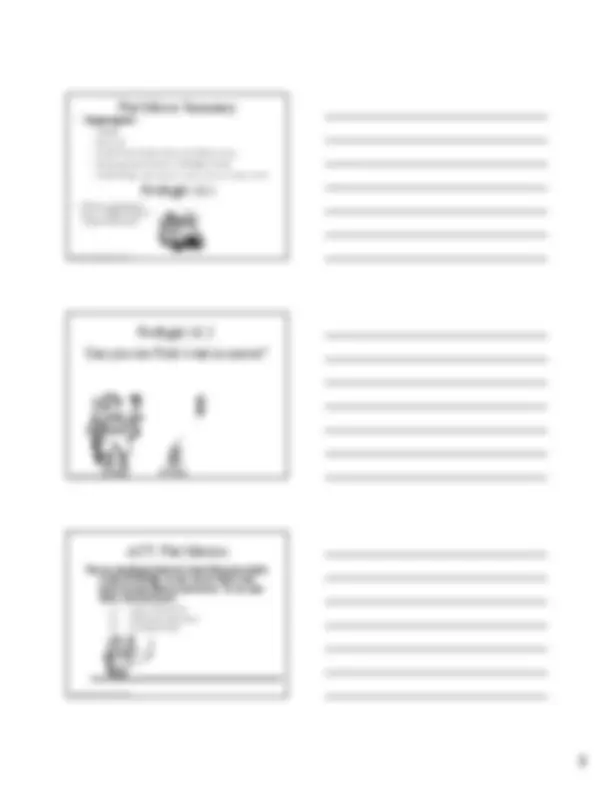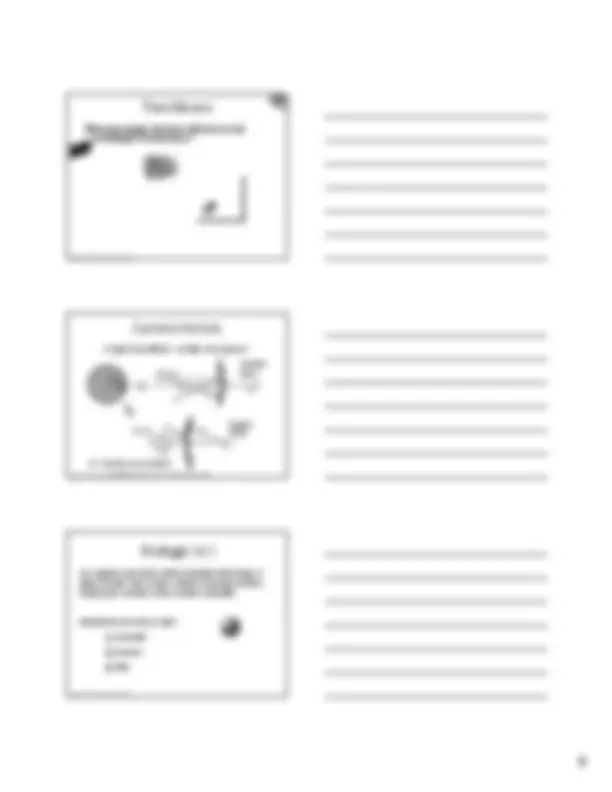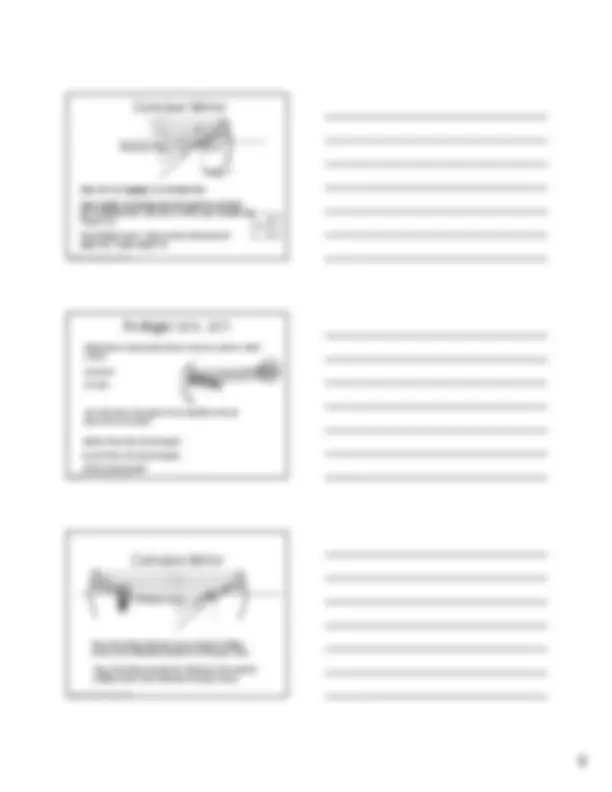





Study with the several resources on Docsity

Earn points by helping other students or get them with a premium plan


Prepare for your exams
Study with the several resources on Docsity

Earn points to download
Earn points by helping other students or get them with a premium plan
Community
Ask the community for help and clear up your study doubts
Discover the best universities in your country according to Docsity users
Free resources
Download our free guides on studying techniques, anxiety management strategies, and thesis advice from Docsity tutors
A series of slides from a university physics lecture on mirrors. The lecture covers the concepts of reflection, refraction, and the properties of flat and curved mirrors. The material from sections 26-1 to 26-5 of the textbook will be discussed, but it will not be included in exam ii. The slides include diagrams and examples to illustrate the concepts.
Typology: Exams
1 / 6

This page cannot be seen from the preview
Don't miss anything!




Physics 1161: Lecture 16, Slide 1
Physics 1161: Lecture 16, Slide 2
Everything true for wavelengths << object size
Physics 1161: Lecture 16, Slide 3
θθθθi θθθθr
Physics 1161: Lecture 16, Slide 4
Object Location
We know object’s location by where rays come from.
Physics 1161: Lecture 16, Slide 5
Flat Mirror
θθ θθr θθ θθi
Smooth Mirror
Object Image
All rays originating from peak will appear to come from same point behind mirror!
Physics 1161: Lecture 16, Slide 6
Flat Mirror
(3) Lines appear to intersect a distance d behind mirror. This is the image location.
d
(1) Draw first ray perpendicular to mirror 0 = θi = θr (2) Draw second ray at angle. θi = θr
Physics 1161: Lecture 16, Slide 10
Two Mirrors
Physics 1161: Lecture 16, Slide 11
Curved mirrors
C = Center of curvature In front of concave mirror, behind convex mirror.
principal axis
light ray
Concave mirror
R
C
Convex mirror
principal axis
light ray R
C•
Physics 1161: Lecture 16, Slide 12
Preflight 16.
Physics 1161: Lecture 16, Slide 13
Concave Mirror
Principal Axis Focus
Rays parallel to principal axis and near the principal axis (“paraxial rays”) all reflect so they pass through the “Focus” (F).
R
f=R/
The distance from F to the center of the mirror is called the “Focal Length” (f).
Rays are bent towards the principal axis.
Physics 1161: Lecture 16, Slide 14
What kind of spherical mirror can be used to start a fire?
concave convex
How far from the paper to be ignited should the mirror be held?
farther than the focal length
closer than the focal length at the focal length
Preflight 16.4, 16.
Physics 1161: Lecture 16, Slide 15
Concave Mirror
F Principal Axis F
Rays traveling through focus before hitting mirror are reflected parallel to Principal Axis.
Rays traveling parallel to Principal Axis before hitting mirror are reflected through focus